The fact that many export shipments to China were returned because they did not meet the country's technical barriers to trade has raised the need for immediate action so that the durian industry can move forward steadily on the export path.
Challenges from technical barriers to trade
In the past 3-4 years, durian has become a “bright star” in the Vietnamese agricultural export market. Potential markets such as Taiwan, the United States, South Korea, Japan, and China are opening up many export opportunities for this product line.
However, opportunities always come with challenges, especially technical barriers in trade from importing countries such as: traceability, plant quarantine, pesticide residues or post-harvest storage and processing conditions.
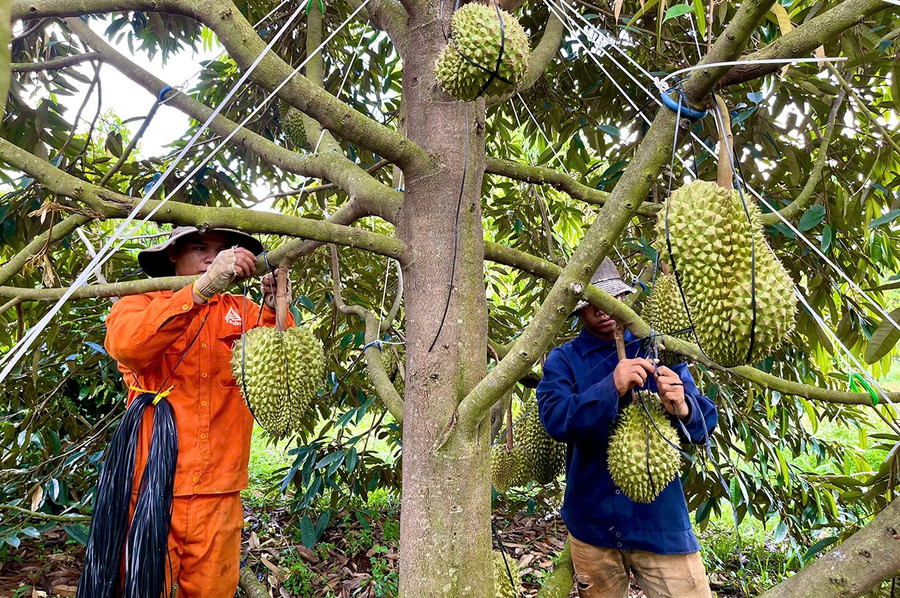
According to information from the Department of Quality, Processing and Market Development ( Ministry of Agriculture and Environment ), since the beginning of the year, China has reduced durian imports by about 30% compared to the same period last year.
The main reason is that Vietnamese durian does not have good quality control, was found to be contaminated with heavy metals such as cadmium and yellow O (auramine O - a toxic chemical often used to color food, force-ripen durian, has a high risk of causing cancer) and fraudulent growing area codes.
In that situation, on May 23, 2025, the Prime Minister issued Official Dispatch No. 71/CD-TTg on a number of tasks to promote sustainable durian production and export. The Official Dispatch requires ministries, branches, localities and relevant units to implement solutions to improve the quality, efficiency, added value and sustainable development of the durian industry, especially to increase exports.
Implementing the Prime Minister's telegram, the Provincial People's Committee also issued Official Dispatch No. 1449/UBND-NNMT dated May 28, 2025 requesting the Department of Agriculture and Environment to advise the Provincial People's Committee on promoting sustainable durian production and export in the province. This is an urgent issue that requires localities and producers to have early solutions to promote sustainable growth of this key fruit industry, especially when the durian harvest season is approaching.
According to Mr. Khong Van Nhat - Sales Director of Vietnam Fumigation Joint Stock Company (VFC) in the Central Highlands: To avoid the situation of durian being returned due to not meeting regulations related to food hygiene and safety and plant quarantine, farmers need to pay attention to product quality management, especially cultivation solutions, preservation solutions, and preliminary processing to remove residual yellow O and cadmium in durian.
Durian growers should choose reputable quality input materials and apply garden cultivation solutions right from the soil preparation stage to somehow reduce pesticide residues and heavy metal cadmium in the product.
Regarding this issue, Mr. Tran Xuan Khai - Head of the Department of Cultivation and Plant Protection (Department of Agriculture and Environment) said: The Department is implementing guidance and support for cooperative groups, cooperatives (HTX), enterprises and farmers to build and develop codes for growing areas, facilities for preliminary processing, packaging, preservation and processing of durian.
The Department also regularly inspects and supervises the management and use of growing area codes and export-qualified packaging facility codes, promptly detects and strictly handles cases of impersonation, fraud, and improper use of codes; raises awareness of compliance with laws, regulations, standards, and provisions on growing area code management, and protects the province's agricultural product brands.
Along with the orientation for people to expand durian acreage according to the planning, the Department of Agriculture has also propagated, mobilized, and supported people to deploy production according to standards aiming at export. As of the end of May 2025, Gia Lai has been granted 67 durian growing area codes with an area of 1,539 hectares.
“Establishing and developing growing area codes not only helps trace the origin and ensure compliance with the importing country's regulations on plant quarantine and food safety, but also guides people to act collectively and practice production according to common production processes; produce according to the standards and requirements of the consumer market, produce what the market needs and use the market to adjust production,” Mr. Khai emphasized.
Building the "3 no" standard
The “3 no” standards for durian include: no yellow O, no cadmium and no unclear origin. Mr. Le Van Thanh - Director of Ia Mo Nong Agricultural Production, Trade, Service and Tourism Cooperative (Chu Pah district) said: “The State needs to tighten the management of growing area codes to avoid confusion between products with growing area codes and products without growing area codes.
Units with products that meet standards and have growing area codes also need to enjoy different mechanisms in product consumption. Only then can we create motivation for individuals and units to participate in production according to standards and invest in quality.

According to Mr. Thanh, over the years, the Cooperative has promoted cooperation with farmers to produce durian for export. Through cooperation, the Cooperative has coordinated with the sectors to organize training and transfer production techniques to each farming household. From there, step by step standardize the production process, moving towards building codes for durian growing areas for export.
Currently, the Cooperative has been granted 3 growing area codes for a total area of 124 hectares. The entire durian harvest is directly linked by the Cooperative with an export enterprise in Lao Cai province to export to the Chinese market. In the upcoming harvest, the partner enterprise has committed to purchasing the entire durian output for export to the Chinese market.
The whole province has about 8,350 hectares of durian, mainly concentrated in localities such as: Ia Grai, Chu Puh, Dak Doa, Mang Yang, Chu Prong, Duc Co, Mang Yang... With advantages in climate, soil and long-term vision, Gia Lai is gradually affirming itself as one of the pioneering localities in planning, production and export orientation of durian.
Ms. Tran Lam Phuong Tam - Director of My Hoang Gia Avocado Import Export Company Limited (Ia Grai district) said: The company is cooperating to cultivate about 70 hectares of durian with farmers in the area. Of these, 30 hectares have been granted growing area codes, 5 hectares have been certified to VietGAP standards.
Currently, the Company is not qualified to export directly, so it must go through an export company with a packaging code. It is expected that in about 2-3 weeks, the gardens that have been granted a growing area code and standard certification will enter the durian harvest season.
“We are determined to produce goods for export. Therefore, right from the beginning of each crop, the Company has instructed farmers on unified production techniques according to a process, all must strictly follow the process of using fertilizers and pesticides to ensure the products have consistent quality.
In particular, before harvesting, the Company takes samples to test for pesticide residues in associated gardens, in order to control the quality indicators required by the import market," Ms. Tam shared.
In just about a month, the 2025 durian crop will be harvested en masse. With about 5,000 hectares of durian in the commercial phase, the province's durian output is expected to reach about 75,000 tons. Therefore, solving the problem of standards and quality well will open up opportunities for Gia Lai durian to reach far in the world market.
According to Mr. Doan Ngoc Co - Deputy Director of the Department of Agriculture and Environment: From a crop mainly for domestic consumption, durian has become a bright spot in the Vietnamese agricultural export market, especially being officially exported to China. Accordingly, the Department of Agriculture has promoted and guided production households, cooperatives, and businesses in the area to grasp production standards.
In addition to the orientation of exporting fresh fruit, currently, making frozen durian will open up great opportunities, when exporting not only to China, but also to the markets of some other countries. At the same time, from durian, it is possible to process a number of other products such as dried durian, cakes, candies...
However, to develop this industry, it is necessary to promote the development of logistics systems, warehouses, cold storage, and transportation to reduce input costs and increase competitiveness.
Source: https://baogialai.com.vn/de-sau-rieng-gia-lai-vuon-xa-post328647.html





![[Photo] Urgently help people soon have a place to live and stabilize their lives](/_next/image?url=https%3A%2F%2Fvphoto.vietnam.vn%2Fthumb%2F1200x675%2Fvietnam%2Fresource%2FIMAGE%2F2025%2F12%2F09%2F1765248230297_c-jpg.webp&w=3840&q=75)


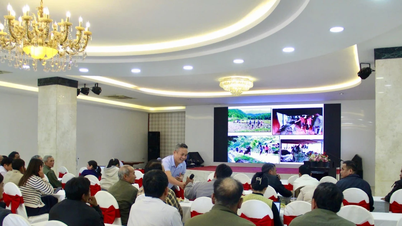


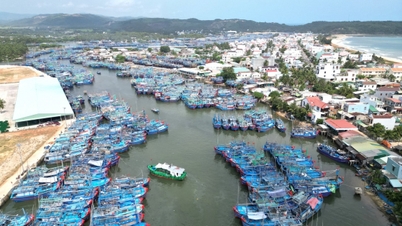



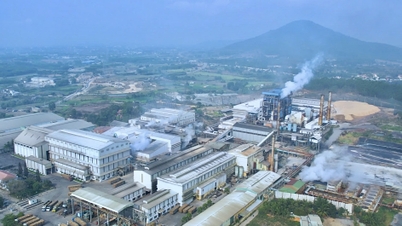

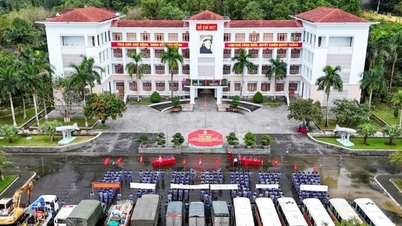

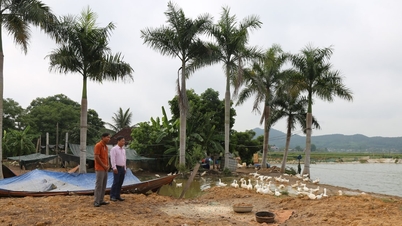



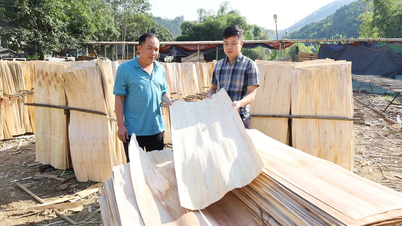

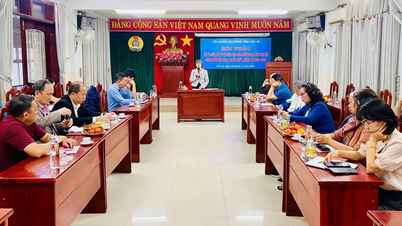


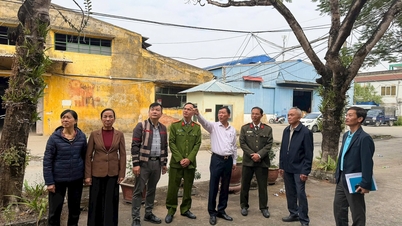





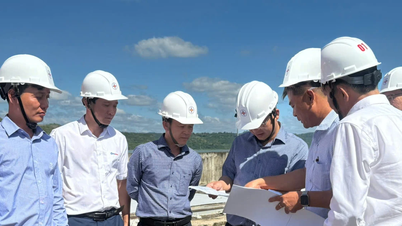

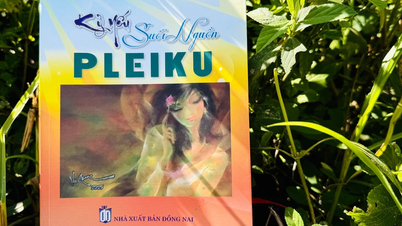
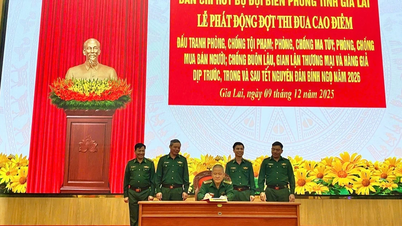
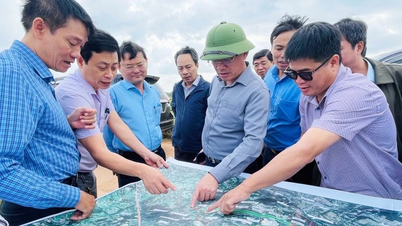


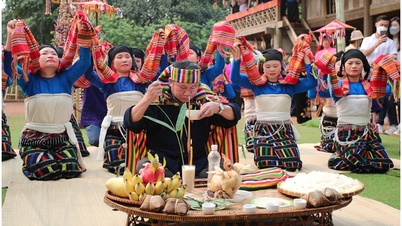


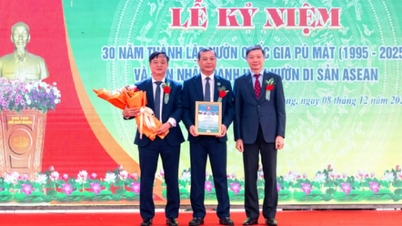

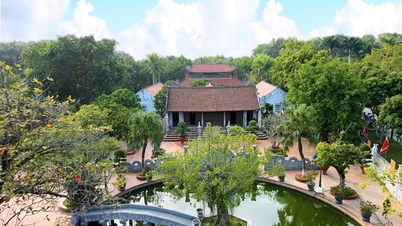
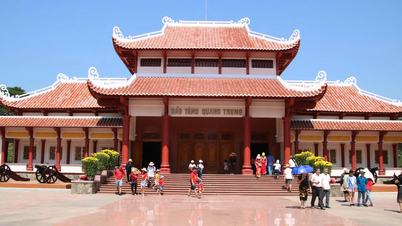

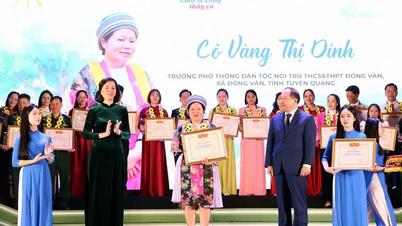

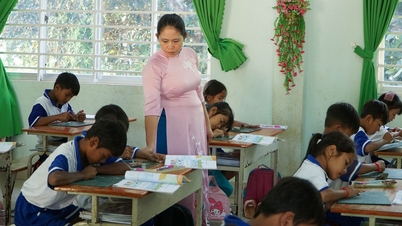

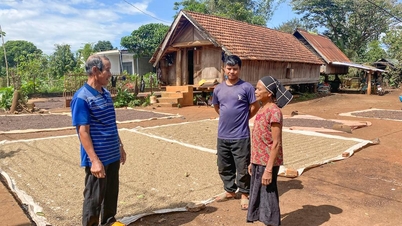


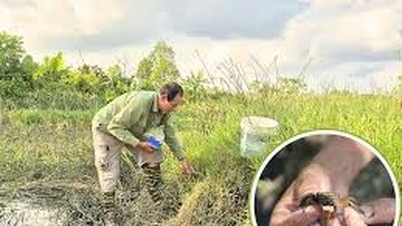

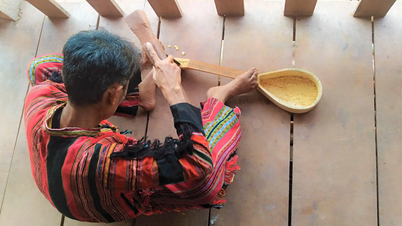



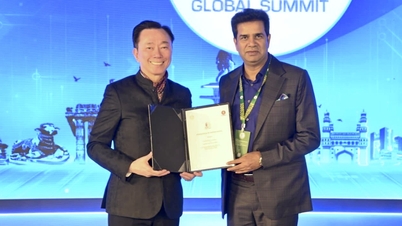

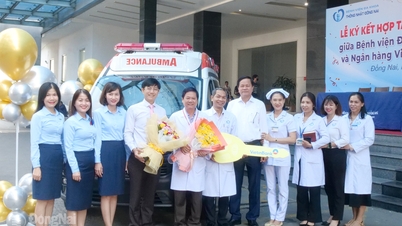

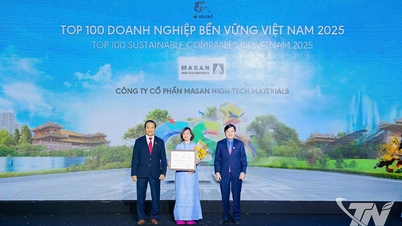


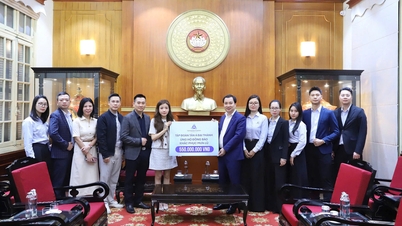

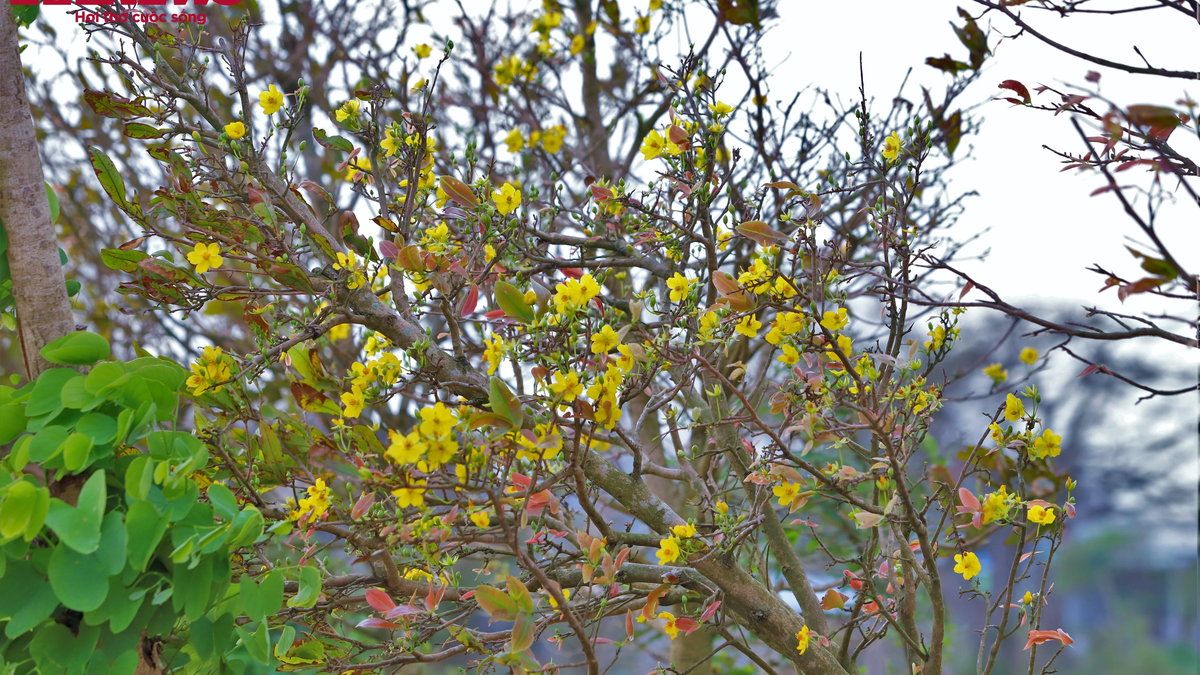

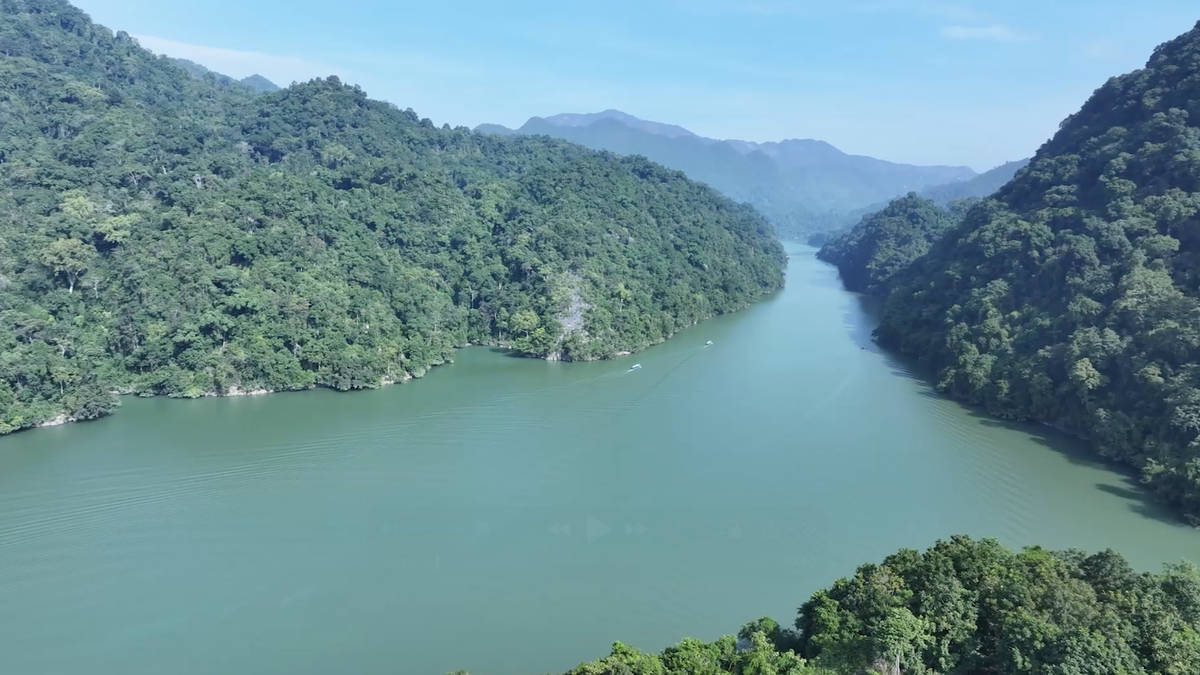




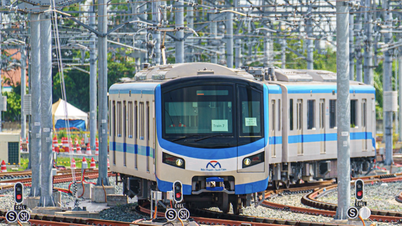

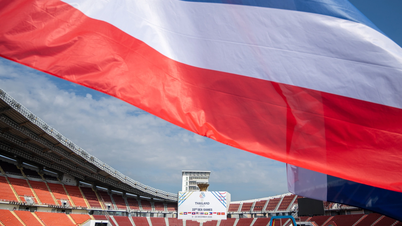


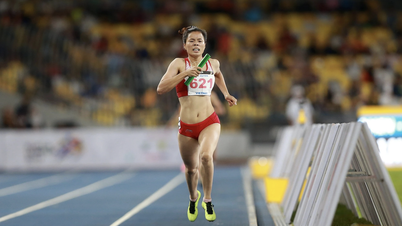
![[Photo] General Secretary To Lam works with the Standing Committees of the 14th Party Congress Subcommittees](https://vphoto.vietnam.vn/thumb/402x226/vietnam/resource/IMAGE/2025/12/09/1765265023554_image.jpeg)




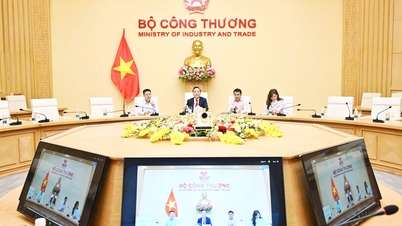


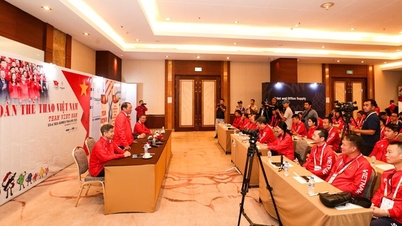



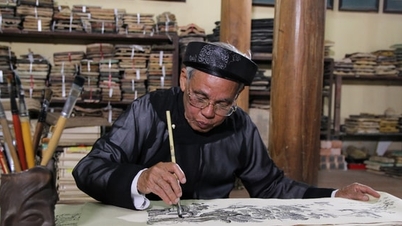


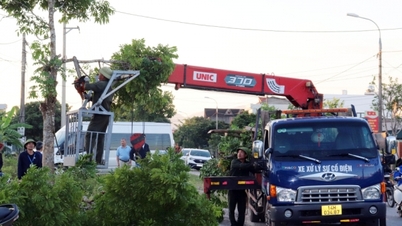
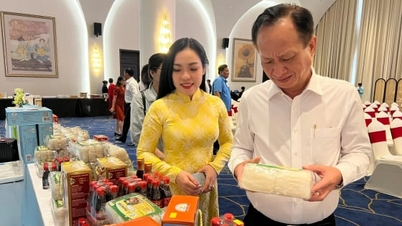
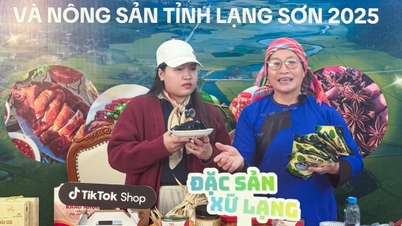














Comment (0)